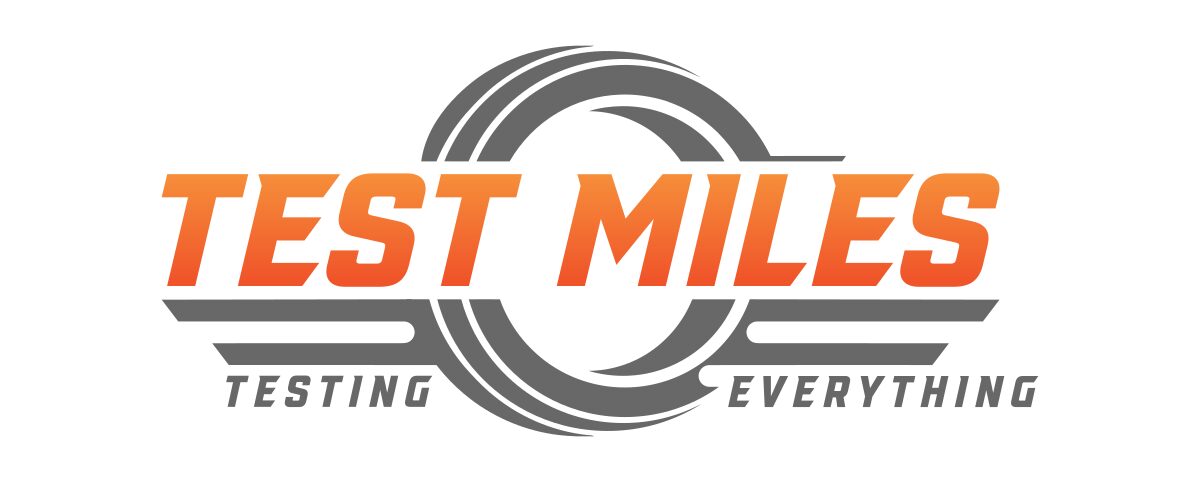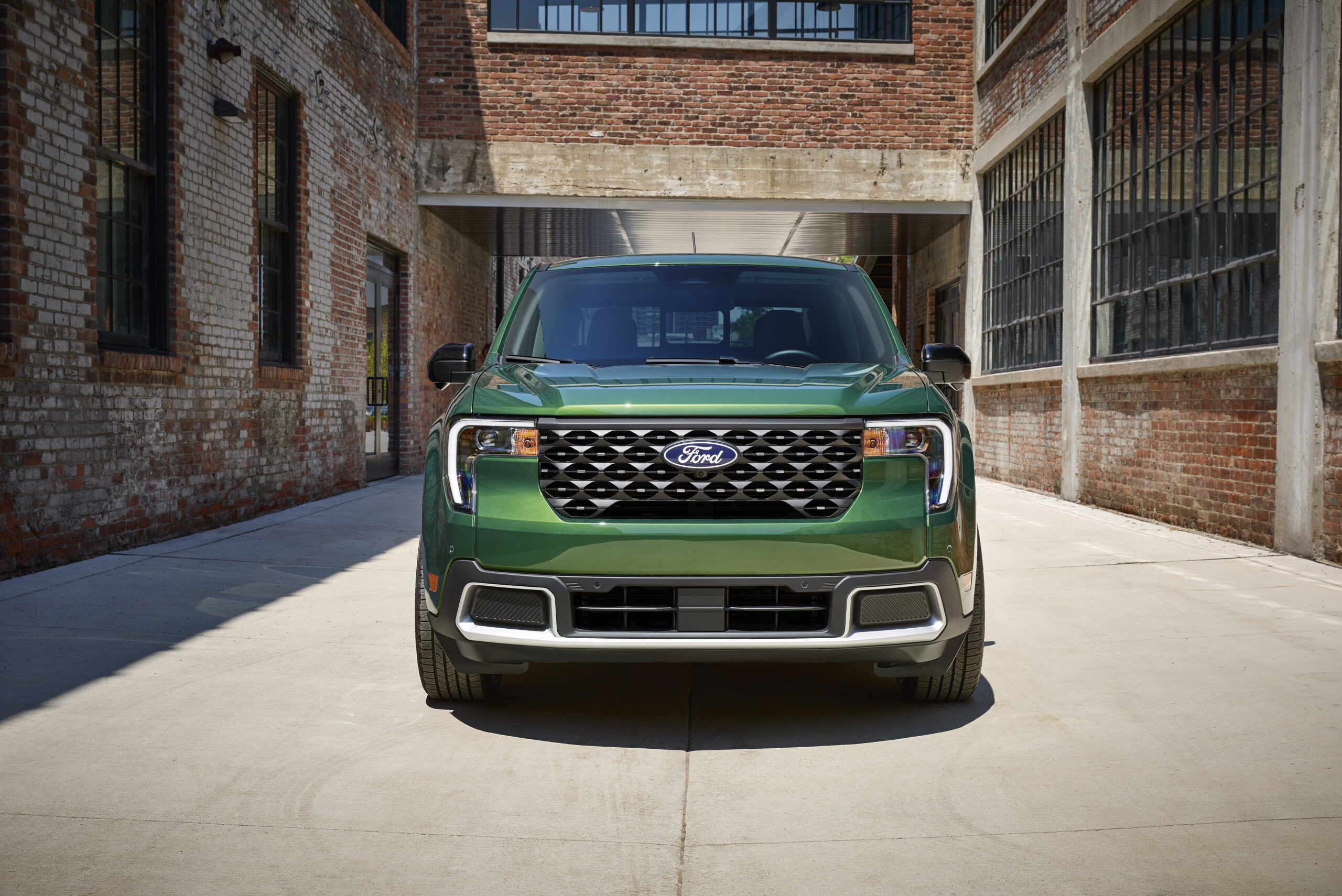Today’s Top Automotive Stories
1. Ford’s $2,000 Price Hike: Tariffs Trigger Sticker Shock
What’s Happening?
Ford has announced a $2,000 price increase on three of its Mexico-produced models: the Mustang Mach-E, Maverick pickup, and Bronco Sport. This adjustment applies to vehicles built after May 2, 2025, and is a direct response to the new 25% tariffs imposed by the U.S. government on imported vehicles.
Why It Matters
For consumers, this means higher costs for some of Ford’s most popular models. The price hike reflects the broader impact of trade policies on vehicle affordability and could influence purchasing decisions in the coming months.
Bottom Line
As trade tensions escalate, automakers like Ford are adjusting their pricing strategies to navigate the financial implications, leaving consumers to bear the brunt of increased costs.

2. Ford Suspends Financial Guidance Amid $1.5 Billion Tariff Impact
What’s Happening?
In a significant move, Ford has withdrawn its 2025 financial guidance, citing an anticipated $1.5 billion hit from the newly implemented tariffs. The company reported a 64% drop in first-quarter net profit, falling to $471 million from $1.3 billion the previous year.
Why It Matters
This suspension underscores the uncertainty facing automakers amid shifting trade policies. Ford’s decision reflects the challenges in forecasting financial performance when external factors, like tariffs, introduce significant volatility.
Bottom Line
Ford’s proactive approach in adjusting its financial outlook highlights the need for agility in an unpredictable economic landscape, emphasizing the broader implications of trade disputes on the automotive industry.

3. Trump’s Auto Tariffs: A Double-Edged Sword for the Industry
What’s Happening?
President Trump’s administration has imposed a 25% tariff on all foreign-made vehicle imports, aiming to bolster domestic manufacturing. However, this move has led to significant disruptions in the auto industry, with analysts predicting new car prices could rise by $5,000 to $15,000 and a potential 15%-20% decline in new vehicle sales.
Why It Matters
While intended to protect U.S. jobs, the tariffs may inadvertently harm domestic automakers who rely on global supply chains. The increased costs could deter consumers, leading to decreased sales and potential job losses within the industry.
Bottom Line
The tariffs present a complex challenge, balancing the desire to support domestic production with the realities of a globalized automotive market, where increased costs could have unintended consequences.

4. Used Car Prices Surge Amid Tariff Concerns
What’s Happening?
The used car market is experiencing a significant price surge, driven by fears of rising costs due to new tariffs on imported vehicles. According to the Manheim Used Vehicle Value Index, prices in April reached their highest level since October 2023.
Why It Matters
As new car prices climb, consumers are turning to the used car market, increasing demand and driving up prices. This trend reflects the broader impact of trade policies on consumer behavior and the automotive market.
Bottom Line
The ripple effects of tariffs are evident in the used car market, where increased demand is leading to higher prices, affecting affordability for consumers seeking alternatives to new vehicles.

5. U.S. Auto Sales Rise 9.9% in April Amid Pre-Tariff Buying Frenzy
What’s Happening?
U.S. auto sales surged by 9.9% in April, as consumers rushed to purchase vehicles ahead of anticipated price increases due to new tariffs. This preemptive buying spree has led to a temporary boost in sales figures.
Why It Matters
While the surge indicates strong consumer demand, it may also foreshadow a slowdown in future sales as the market adjusts to higher prices and potential inventory shortages.
Bottom Line
The April sales increase serves as a short-term gain for automakers, but the long-term effects of tariffs could lead to decreased affordability and dampened consumer enthusiasm.

6. Ford’s BlueOval City Nears Completion, Paving the Way for EV Production
What’s Happening?
Ford’s BlueOval City, a $5.6 billion electric vehicle manufacturing campus in Tennessee, is nearing completion. The facility is expected to create approximately 6,000 jobs and play a pivotal role in Ford’s EV strategy.
Why It Matters
As the automotive industry shifts toward electrification, BlueOval City represents Ford’s commitment to leading this transformation, enhancing its competitiveness in the EV market.
Bottom Line
The development of BlueOval City underscores the importance of domestic manufacturing in the evolving automotive landscape, positioning Ford to meet growing demand for electric vehicles.
Enjoyed these articles?
Stay in the driver’s seat with more automotive insights! Follow @NikJMiles and @TestMiles on social media for the latest news, reviews, and behind-the-scenes exclusives. Don’t miss out—join the conversation today!





